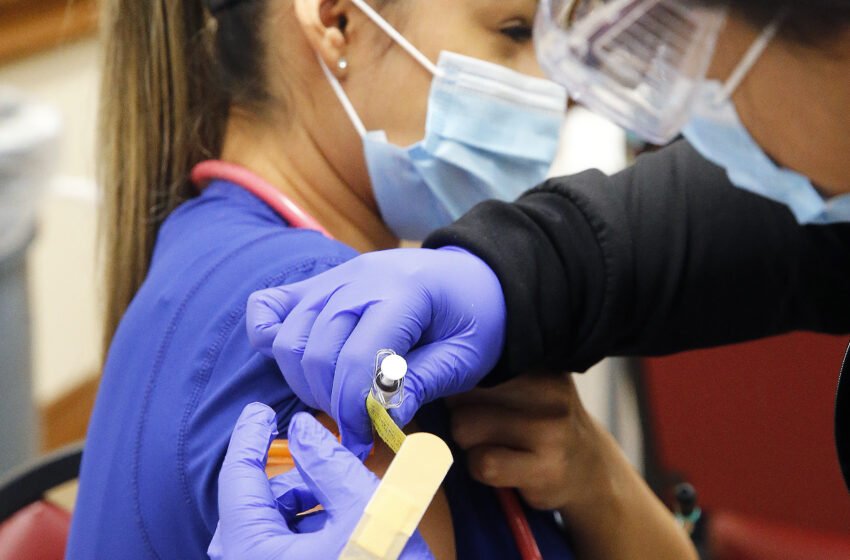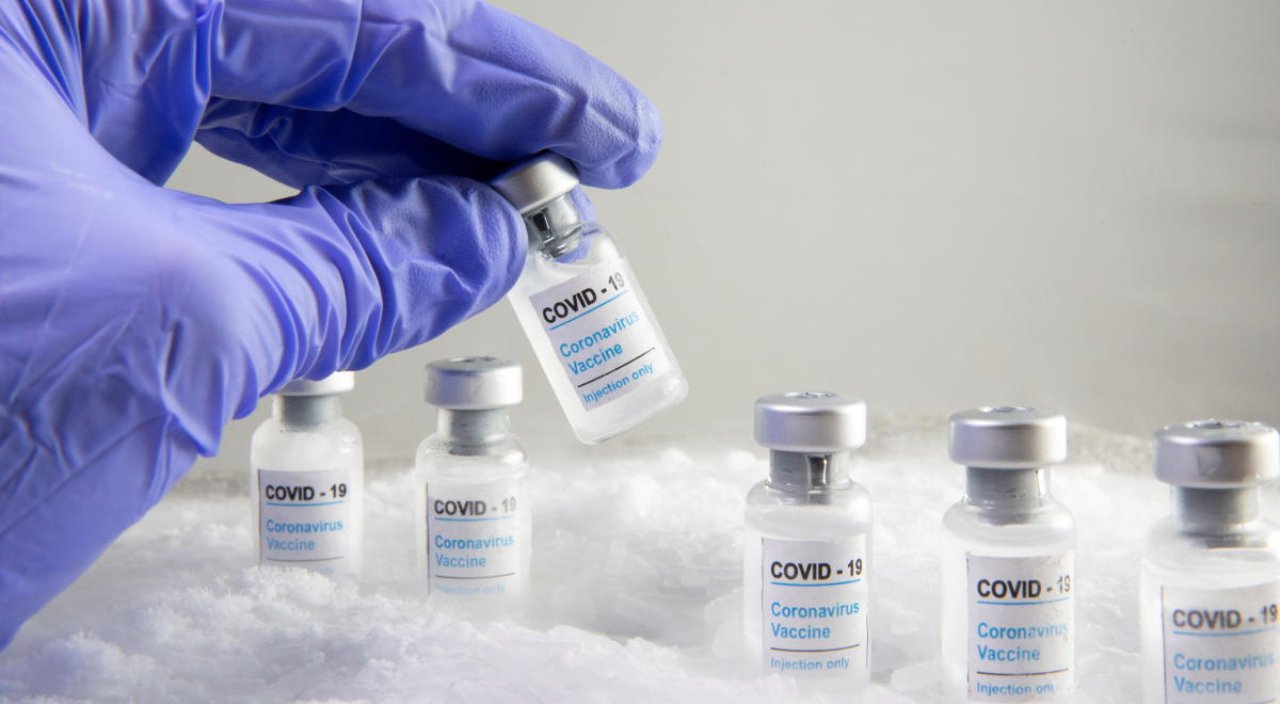Navigating back and forth for creating vaccines, sending notification letters to all the senior citizens, to bundling up a procedure to set up hotlines running 24×7. The states in the US have also derived ways of cold-calling people with the pretext of signing them up.
Each passing day is seeing the states and different counties united in their stand to battle Covid-19 in the US. The nitty-gritty is taken into account for administering vaccine shots to the arms.
States In The US Deciphering Ways For Vaccine Rollouts And Administering Shots Amidst All The Chaos
A process that is seeing the healthcare system being plagued by a scanty distribution system. This is primarily due to underfunding and fractured health governance that sees a wide disparity in vaccination rates across the states.
Barry Bloom, a renowned immunologist and ex dean of the Harvard T.H. Chan School of Public Health had the best explanation. He quipped how a state of chaos erupted in the health systems spanning 50 states.

That was utterly uncoordinated and unresponsive to the needs. Mostly due to the underreporting by the federal government that has crippled the functioning processes.
But a system that seems to be so decadent yet has found remarkable ways in making things work. The vaccination map has shown great progress across the USA. The reports as received and cumulated on Monday states how Alaska has vaccinated almost 23 percent of its population with their first dose of Covid-19 vaccination.
New Mexico comes in a close second with 22 percent of its population being vaccinated. Georgia and Utah figure in the map charting in a 12 percent which is a tad lower than Alabama, Tennessee, and Texas. They have surpassed 13 percent in vaccinating their masses. Multiple reasons have been accorded for both the success as well as the failures.
The qualities of a true leader as well as the ability to draw people to work towards the same goal have given a level of empowerment in solving problems. This was cited by Dr. Bruce Gellin, who heads the Global Immunization Programme at the Sabin Vaccine Institute.
The states that have functioned well have been accredited to being better decision-makers. This has saved the time in waiting for authorizations from higher-ups. Frequent meetups to discuss the planning and strategies on what is working and what is not has elevated the operational goals.
The classic example of which is West Virginia. From registering the highest rates of poverty, it has pulled its game altogether by vaccinating a whopping 18 percent of its population. Thus, having been acknowledged as a consistent player marking itself in the top tier of the immunization program.
The undivided support by the higher authorities has led to the success ratio achieved by West Virginia. A process that saw opting out of a federal program for CVS and Walgreens to procure vaccines. Especially to the nursing homes as well as assisted facilities for living that registered the most deaths.
West Virginia initiated pre-online registrations or dialing 800 for people over and above 18 years for making appointments.
The state made a lumpsum investment of 76,000 US dollars for belting out a registration system from Everbridge. This is for a state that has the third-largest population of older people in the nation, right after Maine and Florida. A crucial system that reached out to the masses and has been detrimental in achieving efficacy as a model when compared with other states.
Smaller & rural states fared better. One that boasted of flexibility and ingenuity. Roping in college students for field studies worked wonders for the vaccination programs. Less crowded places work well like Nevada.
Furthering the process with the allowance of counties to tailor-make their approaches has led to the success in getting the vaccination roll around.
A strong centralized system and health department have led from the front thus faring better results with surplus providers signing up and a rotational process of vaccine delivery at the helm.

